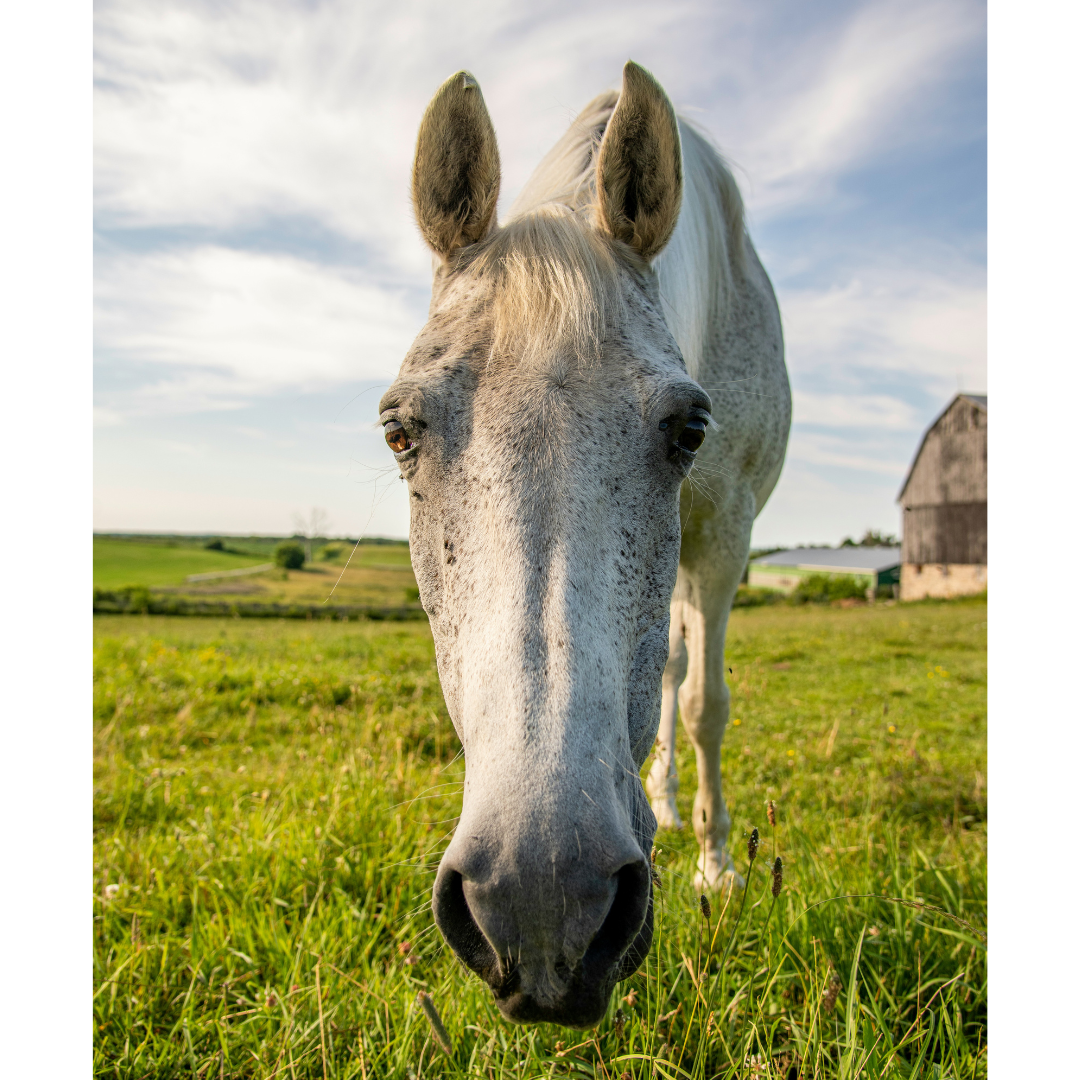As the temperatures rise, it's time for a hot topic: keeping you and your horse cool this summer! As the sun cranks up the heat it's more important than ever to take extra precautions to ensure the safety and well-being of our hoofed pals, and ourselves! We've got the lowdown on how to keep you and your horses cool, safe, and ready to ride. From sun-smart riding gear to horse cooling products, spotting the early signs of heat stress to tweaking your exercise routines, we've got everything you need to make the most of the sunny season.
Sun protection riding gear
When it comes to summer riding, choosing the right gear can make a significant difference in staying comfortable and protected from the sun.
Opt for lightweight, breathable riding apparel: Wearing lightweight, breathable apparel is key to staying cool. Look for riding clothes made from moisture-wicking fabrics that allow air to circulate and sweat to evaporate. Mesh panels, vented back yokes, and technical fabrics can help you stay comfortable during rides.
Sun protection: Long sleeves and riding pants with UV protection are essential for safeguarding your skin from harmful sun exposure. Many equestrian brands offer shirts, breeches, and hats with built-in UV protection. Wide-brimmed hats or helmets with sun visors can provide additional shade for your face and neck.
Cooling products for horses
In addition to protecting yourself, it’s important to help your horse stay cool. Look for cooling products designed specifically for equines.
Cooling sheets and boots: These can help lower your horse’s body temperature after a workout. These products are typically made from materials that retain cool water and provide evaporative cooling.
Watch out for signs of heat stress: Understanding and recognizing the signs of heat stress in horses is critical to preventing serious health issues. Heat stress in horses can manifest through several symptoms, including:
• Heavy sweating
• Rapid breathing or panting
• Increased heart rate
• Lethargy or weakness
• Elevated body temperature (over 103°F/39.4°C)
• Decreased appetite and water intake
Ways to combat heat stress
- Cold Hosing: One of the most effective methods to cool down a horse is cold hosing. Spray your horse with cool water, focusing on large blood vessels in the neck, chest, and legs. Cold water helps lower the horse’s core body temperature quickly.
- Fans and Shade: Providing fans in stables and ensuring access to shaded areas can significantly reduce heat stress. Portable fans can be used in barns, and turnout paddocks should have ample shade from trees or shelters.
- Hydration: Always provide fresh, clean water. Horses can drink up to 10 gallons of water per day in hot weather, so ensure that water sources are always available and replenished.
- Proper Ventilation: Good ventilation in stables and trailers is crucial. Ensure that air can flow freely to prevent heat buildup. Open windows and doors, use fans, and avoid overcrowding stalls.
Modifying your exercise and riding regime
Adjusting your riding schedule and routine during hot weather is essential to prevent overheating and heat stress. During the summer, focus on minimal flat work. Avoid intense, prolonged exercise sessions. Short, frequent workouts are better tolerated in the heat. Limit the number of warm-up jumps and reduce the number of passes through courses. This helps minimize exertion and prevents overheating. Incorporate lots of breaks in the shade during rides. Allow your horse to rest and recover in a cool environment before resuming work. Always check the weather forecast and heat index. If temperatures are extremely high or the humidity is excessive, it may be best to avoid riding altogether. Schedule rides during the cooler parts of the day, such as early morning or late evening. This reduces the risk of heat stress and makes the experience more enjoyable for both horse and rider.
When it’s too hot to ride, sometimes, the best decision is to avoid riding entirely when it’s too hot. Recognizing when conditions are unsafe is key to maintaining your horse’s health. Allow your horse rest days during heatwaves. Focus on light groundwork or bonding activities that do not require exertion.
If you do ride, closely monitor your horse’s recovery post-exercise. Ensure they return to a normal heart rate and respiratory rate within a reasonable time. If not, further cooling measures may be necessary.
Consult your vet
In cases of extreme heat or if you notice persistent signs of heat stress, consult your veterinarian. They can provide guidance on managing your horse’s health and recommend specific treatments if needed.
Keeping you and your horse safe in the heat requires proactive measures, careful monitoring, and adjustments to your routines. By choosing the right riding gear, using cooling products, recognizing signs of heat stress, and modifying exercise regimes, you can ensure that both you and your horse stay comfortable and healthy during the summer months. Remember, sometimes the best way to care for your horse is to give them a break from riding altogether when temperatures soar. Your horse’s well-being should always come first, ensuring many more enjoyable rides together in the future.
